The KAAWS Clinic at Cypress
Today your pet was anesthetized to have a professional dental cleaning performed. The procedure involved a full dental cleaning with an ultrasonic scaling instrument to remove any tartar, general build up, and/or staining. After cleaning, anti-bacterial foam was applied to the gums and teeth to help kill any remaining bacteria. The final process is a thorough polishing of all of the teeth to help smooth, freshen, and provide the enamel with a protective barrier.
We recommend brushing your pet’s teeth daily with recommended products and giving CET chews to maintain a clean healthy mouth. Ask us about our dental healthcare line!
🐾 Preventive Maintenance: Now that your pet has sparkling clean teeth and fresh breath, they need your help to keep their mouth healthy. In a perfect world, brushing your pet’s teeth daily with or without an appropriate pet-safe toothpaste is the best defense against tartar buildup and keeping dental disease at bay. But, if you are unable to brush daily, you can also supplement their oral care with a variety of veterinary approved products, such as enzymatic dental chews, dental wipes, or drinking water additive. We encourage you to schedule dental cleanings annually to optimize their health. Smaller breeds may need semi-annual cleanings due to their anatomy. Partner with your veterinary team to determine the best treatment plan for your pet’s specific needs.
Your pet had __ tooth/teeth removed today. If sutures were required, they will not need to be removed and will dissolve on their own. Expect your pet’s mouth to be sensitive after a cleaning and to have some soreness with any removals. *Refer to pain medications below. The veterinarian will let you know if it is necessary to change your pet’s diet (dry to soft) for any reason.
🐾 Antibiotics: If needed, please start and/or continue with any antibiotics prescribed after 6 p.m. or as prescribed. Follow directions per drug label.
🐾 Food and water after surgery: Please remember that anesthesia for your pet incurs the same side effects as it does with us. Your pet will be slightly lethargic, may have an upset stomach, can be nauseous, and may have delayed digestion for the next 24-48 hours until the body totally expels the anesthesia. If your pet takes in any food/water too quickly or in too large of an amount, vomiting is likely to occur. To help reduce the risk of vomiting, please refer to the following guidelines:
When you get your pet home today, they may have water - we recommend emptying their dish, placing a small line of water just to cover the bottom of their dish, and add lots of ice cubes for them to lick on. This allows them to hydrate but forces them to take it in slowly, thus reducing the risk of vomiting.
Do not feed your pet anything before 6:00 p.m. tonight. Feed your pet only ¼ - ½ the amount of his regular feeding for tonight. they may resume regular feeding/watering tomorrow. If your pet does not seem interested in food or water today, do not be alarmed as this is normal and they should become more interested the day after surgery.
🐾 Pain medication: Pain medications may be started tonight ONLY if your pet is drinking, eating, and not vomiting or nauseous. If your pet shows any signs of nausea (very sleepy, drooling, constant licking of the face/nose) or is not interested in food or water tonight, do not start pain meds until tomorrow morning – try to make sure meds are given with food. Follow directions as prescribed on drug label.
NEVER GIVE ASPIRIN OR TYLENOL TO DOGS AND CATS FOR PAIN UNLESS SPECIFICALLY PRESCRIBED BY YOUR VETERINARIAN! TYLENOL AND IBUPROFEN ARE TOXIC TO ANIMALS, AND ASPIRIN CAN BE DEADLY IF ADMINISTERED AFTER SURGERY!
***EMERGENCIES: If you notice any of the following, please contact the clinic immediately as they would be considered emergencies:
If any area of the incision has opened with or without blood present.
If you notice excessive swelling, abnormal discharge, or active bleeding (blood dripping) from the incision site that will not stop.
If your pet begins vomiting, is extremely lethargic, has abnormal breathing, or has pale (white/grey) colored gums.

